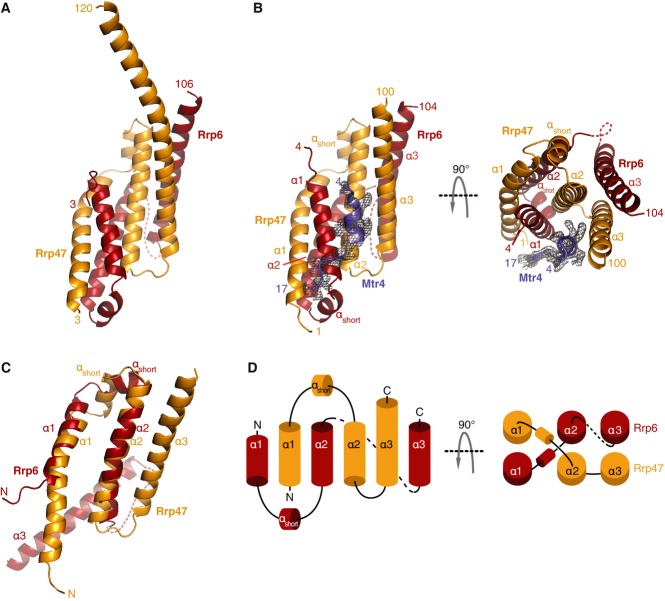Figure 2. Structure of the yeast Rrp6N–Rrp47N–Mtr4N ternary complex.
- Structure of the Rrp6N–Rrp47ΔC binary complex shown in cartoon representation with Rrp6 in red and Rrp47 in orange. The N- and C-terminal residues are indicated. This and all other cartoon drawings were generated with PyMOL (http://www.pymol.org/).
- Structure of the Rrp6N–Rrp47N–Mtr4N ternary complex shown in cartoon representation in two orientations related by a 90° rotation about the horizontal axis. The orientation of the ternary complex in the left panel is the same as that of the binary complex in (A). The secondary structure elements are labeled. A disordered region in the structure is indicated as a dotted line. The electron density for Mtr4N (Fo-Fc, contoured at 2.0 σ in PyMOL) and the model built into this density (blue) are shown.
- Superposition of the atomic models of Rrp6N and Rrp47N, showing the similarity of their secondary structure elements (labeled as in B).
- Topological diagram of the secondary structure elements of Rrp6N and Rrp47N. The left and right panels correspond to the views of the structure in the left and right panels of (B), respectively.

